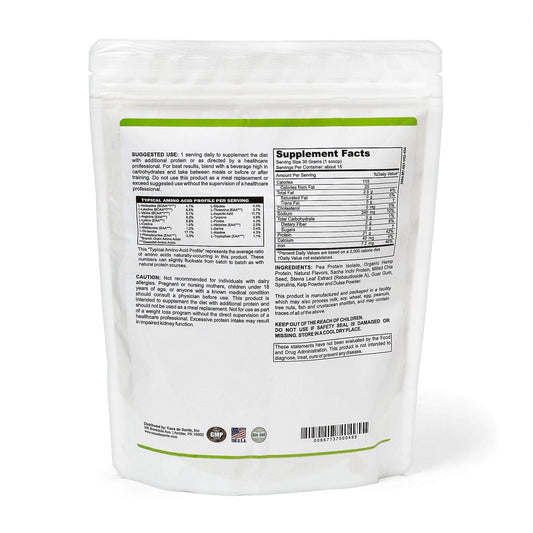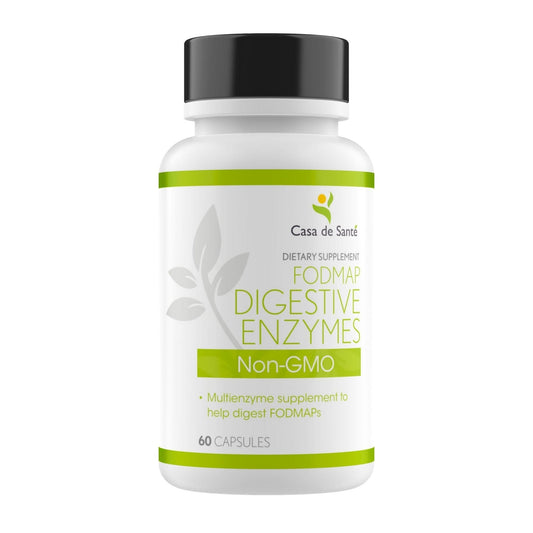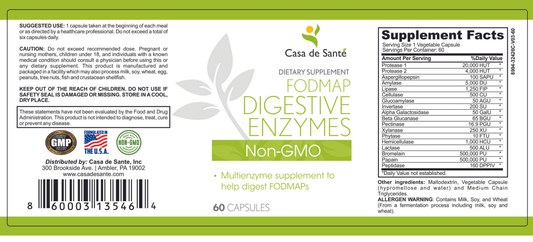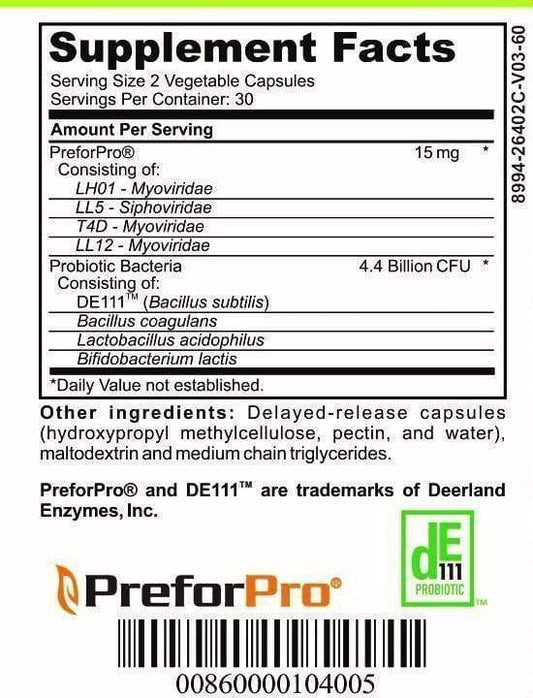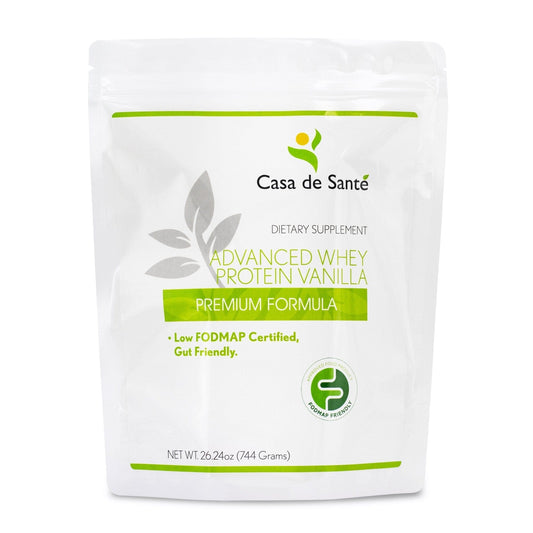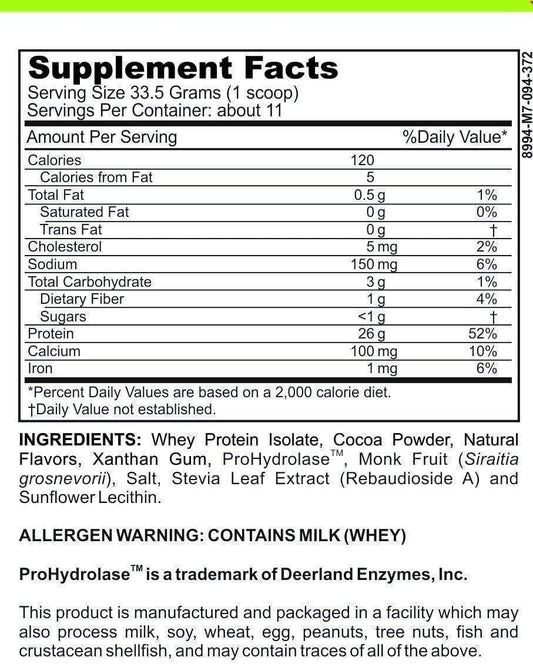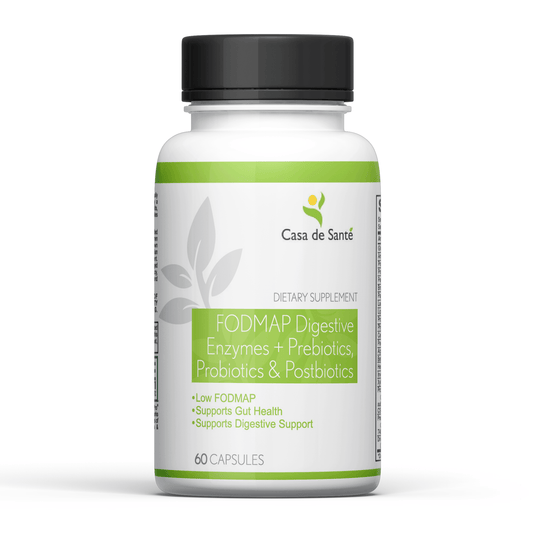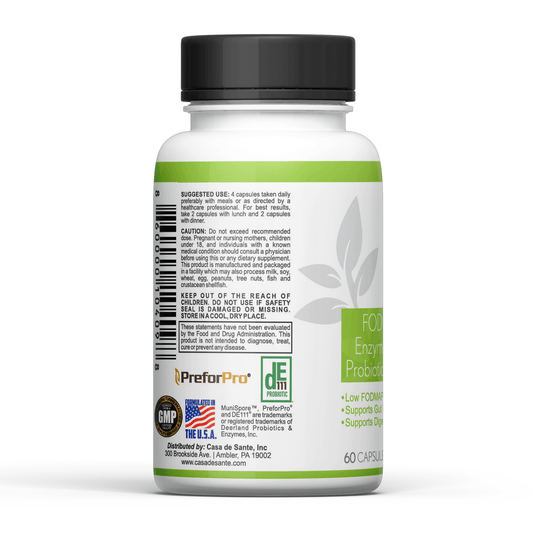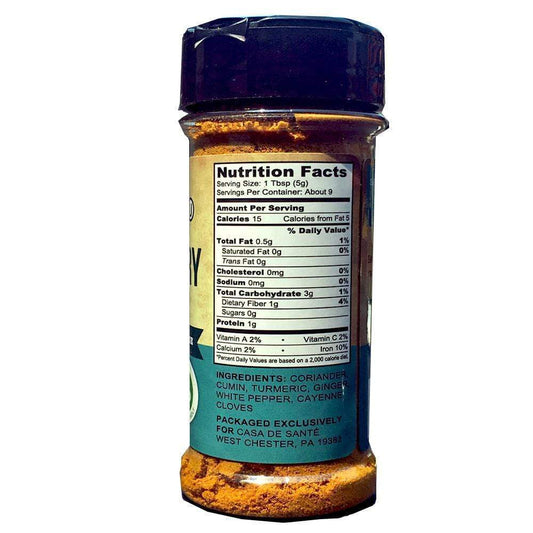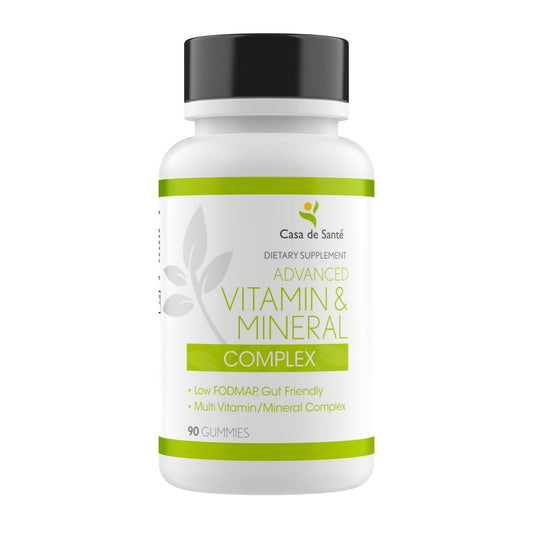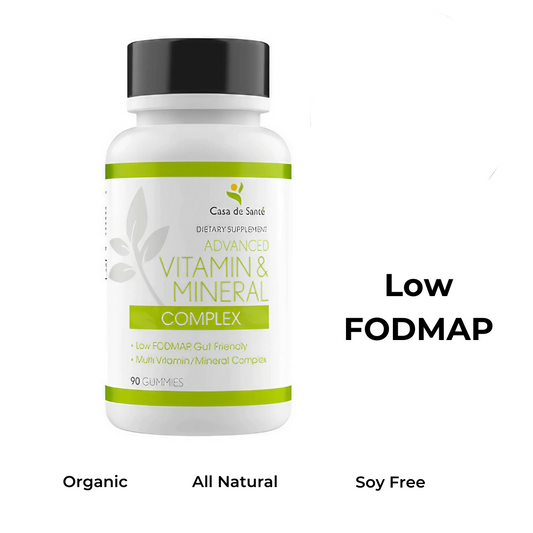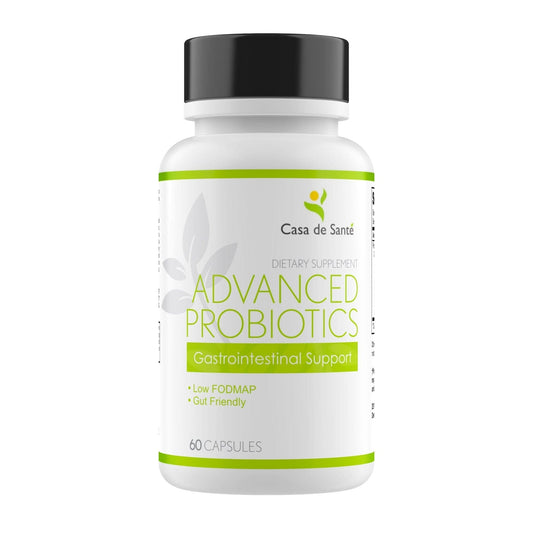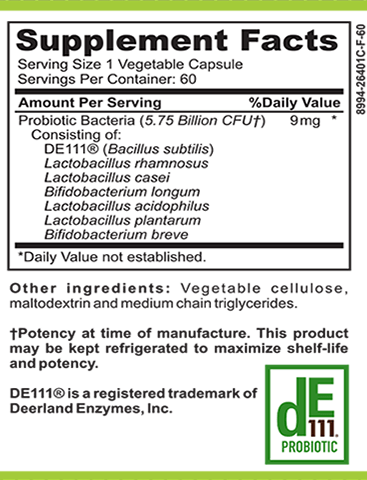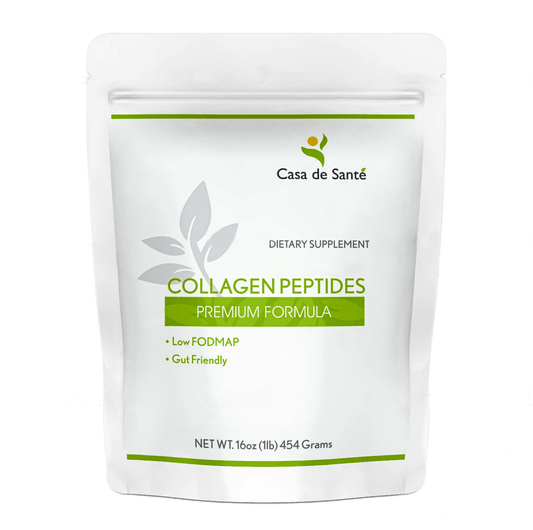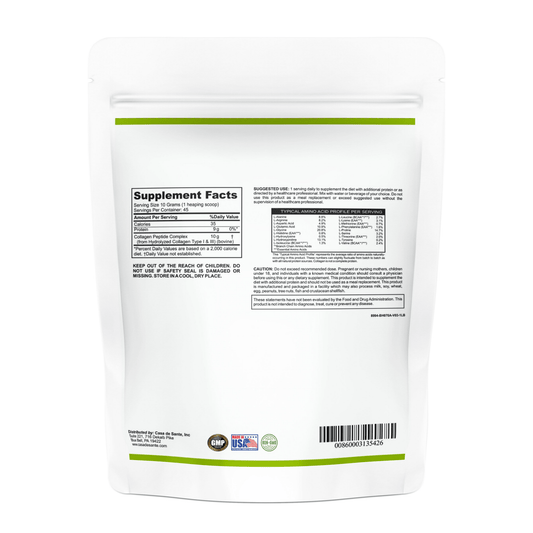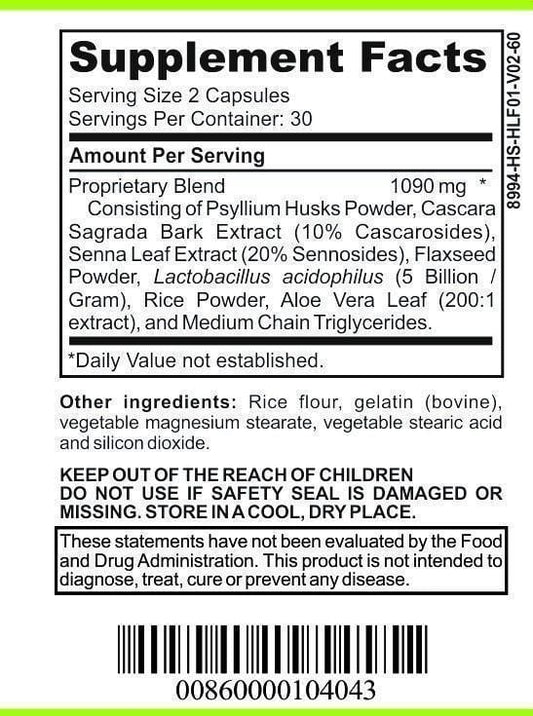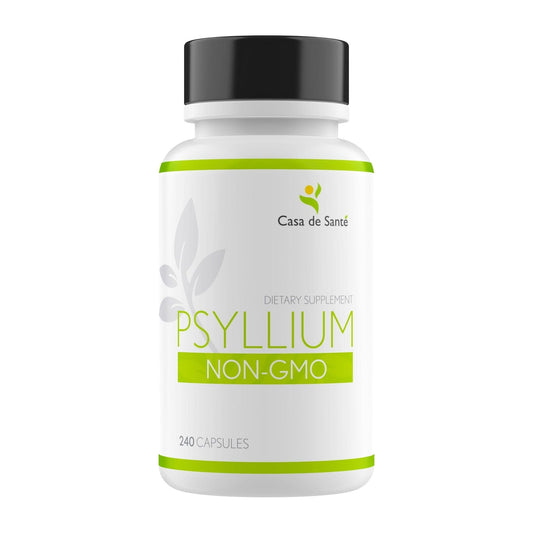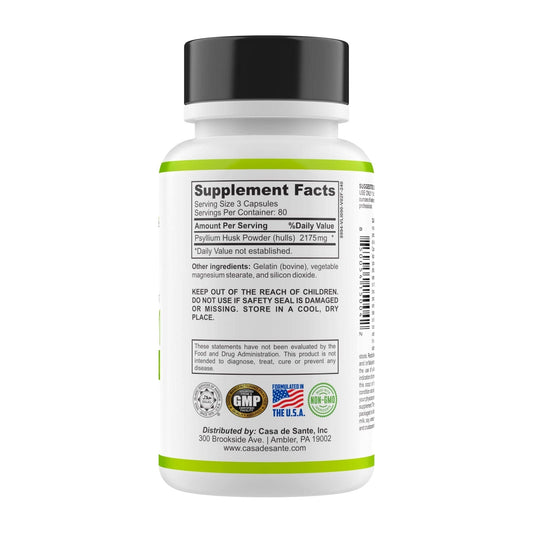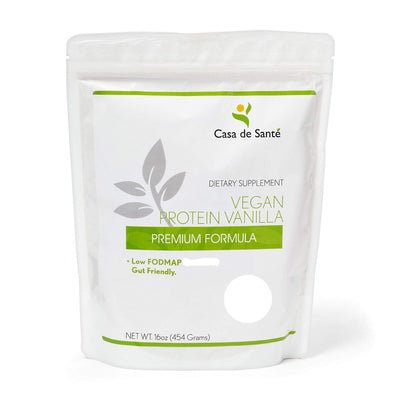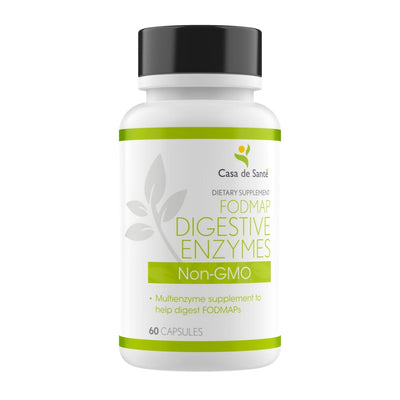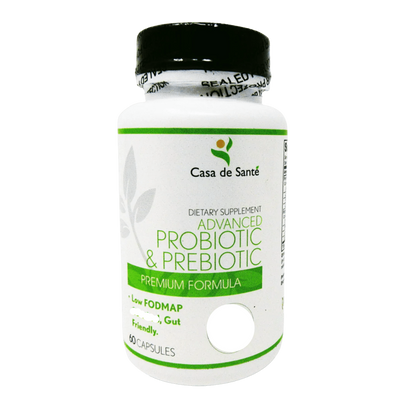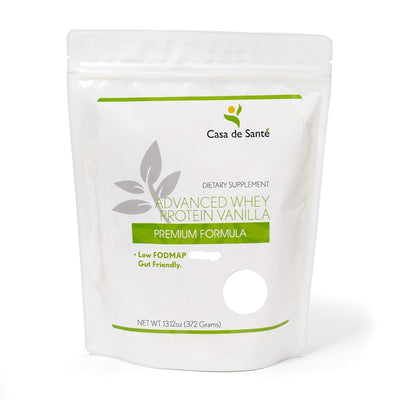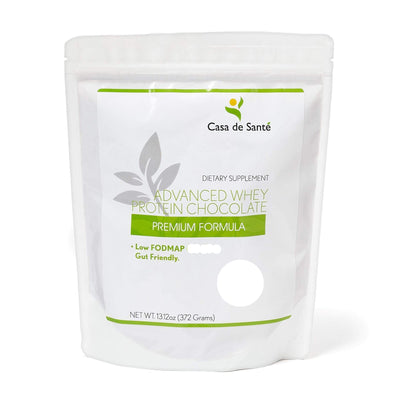Is Ricotta Cheese Lactose Free? A Comprehensive Guide
Is Ricotta Cheese Lactose Free? A Comprehensive Guide
For cheese lovers with lactose intolerance, navigating the dairy aisle can feel like walking through a minefield. The creamy, delicious world of cheese becomes complicated when your body struggles to digest lactose. Ricotta, with its soft texture and versatile culinary uses, often raises questions for those monitoring their lactose intake. Is this Italian cheese a friend or foe to the lactose intolerant? Let's dive deep into the world of ricotta cheese and lactose to find out.
Understanding Lactose Intolerance
Lactose intolerance occurs when your body doesn't produce enough lactase, the enzyme needed to digest lactose—the primary sugar found in milk and dairy products. When undigested lactose travels through your digestive system, it can cause uncomfortable symptoms like bloating, gas, stomach cramps, and diarrhea. These symptoms typically appear within 30 minutes to 2 hours after consuming lactose-containing foods.
It's important to note that lactose intolerance differs from a milk allergy. While lactose intolerance involves difficulty digesting a specific sugar, a milk allergy is an immune system response to proteins in milk. The distinction matters because someone with lactose intolerance might tolerate certain dairy products with lower lactose content, while someone with a milk allergy typically needs to avoid all dairy completely.
Degrees of Lactose Intolerance
Not all lactose intolerance is created equal. Some people experience severe symptoms after consuming even tiny amounts of lactose, while others can handle moderate amounts without discomfort. This spectrum of sensitivity means that dietary recommendations aren't one-size-fits-all. Many people with mild to moderate lactose intolerance can enjoy certain cheeses and dairy products in limited quantities without triggering symptoms.
Understanding your personal threshold is key to managing lactose intolerance while still enjoying dairy foods when possible. This is where knowing the lactose content of different cheeses, including ricotta, becomes valuable information for making informed dietary choices.
Lactose intolerance also varies significantly across different populations and ethnic groups. In fact, approximately 65% of the global population has some degree of lactose intolerance after infancy. The condition is most prevalent among people of East Asian, West African, Arab, Jewish, Greek, and Italian descent, where rates can exceed 90% of adults. By contrast, populations with a long history of dairy farming and consumption, particularly those of Northern European descent, have much lower rates, sometimes as low as 5%. This geographic and ethnic distribution reflects evolutionary adaptations to traditional dietary patterns over thousands of years.
Managing lactose intolerance has become easier in recent decades with the development of specialized products and supplements. Lactase enzyme supplements, taken before consuming dairy, can help break down lactose and prevent symptoms. Meanwhile, the food industry has responded with an expanding range of lactose-free alternatives that undergo processing to pre-digest the lactose while maintaining nutritional benefits. For those who still experience symptoms despite these interventions, tracking food intake through a detailed food diary can help identify personal triggers and tolerance levels, allowing for a more customized approach to dietary management.
Ricotta Cheese: The Basics
Ricotta, which means "recooked" in Italian, has a fascinating origin story. Traditionally, it's made from the whey left over from the production of other cheeses like mozzarella and provolone. This resourceful approach to cheesemaking transforms what would otherwise be a byproduct into a delicious, versatile cheese with a distinctive texture and mild flavor.
The production process involves heating the whey until the remaining proteins coagulate to form soft, fluffy curds. These curds are then strained to create the slightly grainy, creamy cheese we know as ricotta. While traditional ricotta uses whey, many commercial versions today are made directly from whole milk or a combination of milk and whey.
Nutritional Profile of Ricotta
Ricotta cheese offers impressive nutritional benefits. It's relatively high in protein, providing about 14 grams per cup, making it a satisfying addition to meals. It also contains significant amounts of calcium, with approximately 257mg per cup—about 20% of the recommended daily intake for most adults. Additionally, ricotta provides phosphorus, selenium, and vitamins A and B12.
The fat content varies depending on whether you choose whole milk, part-skim, or fat-free ricotta. Whole milk ricotta contains about 16 grams of fat per cup, while part-skim cuts that roughly in half. This range of options allows consumers to select the version that best fits their dietary needs and preferences.
Culinary Uses
Ricotta's versatility in the kitchen makes it a beloved ingredient across cuisines. In Italian cooking, it stars in classics like lasagna, stuffed shells, and cannoli. Its mild flavor and creamy texture make it perfect for both sweet and savory applications. Spread on toast with honey and fruit for breakfast, incorporated into pancake batter for fluffiness, or used as a base for a light cheesecake—ricotta adapts beautifully to countless dishes.
This adaptability makes ricotta particularly valuable for those with dietary restrictions. If you're watching your lactose intake but don't want to give up the creamy elements in your favorite recipes, knowing exactly how ricotta fits into a lactose-conscious diet becomes essential.
Lactose Content in Ricotta Cheese
Now for the central question: is ricotta cheese lactose-free? The short answer is no, ricotta is not lactose-free. However, it contains less lactose than milk and some other dairy products, which may make it tolerable for some people with mild lactose intolerance.
Fresh whole milk contains approximately 4.7 grams of lactose per 100 grams. By comparison, ricotta cheese contains about 0.2 to 5.1 grams of lactose per 100 grams, depending on the production method and whether it's made from whey or whole milk. Traditional whey ricotta typically has less lactose than whole milk ricotta, as much of the lactose remains in the liquid portion that's drained away during the cheese-making process.
Comparing Ricotta to Other Cheeses
When it comes to lactose content, not all cheeses are created equal. Aged, hard cheeses like Parmesan, cheddar, and Swiss contain very little lactose—often less than 0.5 grams per serving. During the aging process, most of the lactose is converted to lactic acid, making these cheeses often tolerable even for people with lactose intolerance.
Fresh, soft cheeses generally contain more lactose. Cottage cheese contains about 3-3.5 grams per 100 grams, while cream cheese contains approximately 2.5-3 grams per 100 grams. Ricotta falls somewhere in the middle of this spectrum, with commercial whole milk ricotta typically containing more lactose than traditional whey ricotta.
Factors Affecting Lactose Content
Several factors influence the amount of lactose in ricotta cheese. The source material is significant—ricotta made from whey generally contains less lactose than ricotta made from whole milk. The production method also matters, with traditional artisanal processes often resulting in lower lactose content compared to mass-produced varieties.
The freshness of the cheese plays a role too. As cheese ages, lactose continues to break down, albeit slowly in soft cheeses like ricotta. This means that very fresh ricotta may contain slightly more lactose than ricotta that has been stored for a few days (though ricotta has a relatively short shelf life compared to aged cheeses).
Can Lactose Intolerant People Eat Ricotta?
Whether someone with lactose intolerance can enjoy ricotta depends largely on their individual sensitivity level. Those with mild lactose intolerance might be able to consume small amounts of ricotta without experiencing symptoms, especially if it's consumed as part of a meal with other foods that can slow digestion and the absorption of lactose.
For those with moderate to severe lactose intolerance, even small amounts of ricotta might trigger uncomfortable symptoms. It's always advisable to start with very small portions when testing tolerance to any dairy product, including ricotta.
Strategies for Enjoying Ricotta
If you're lactose intolerant but love ricotta, several strategies might help you include it in your diet. Taking lactase enzyme supplements before consuming ricotta can help your body digest the lactose. These supplements provide the enzyme your body lacks and are available over the counter in most pharmacies.
Another approach is to use ricotta in cooked dishes rather than eating it fresh. While cooking doesn't significantly reduce lactose content, consuming smaller amounts distributed throughout a dish may be more tolerable than eating a large portion of ricotta on its own. Pairing ricotta with fiber-rich foods can also slow digestion and potentially reduce symptoms.
Lactose-Free Alternatives to Ricotta
For those who need to avoid lactose completely, several alternatives can provide similar texture and functionality to ricotta in recipes. Commercial lactose-free ricotta is available in some specialty stores and online. These products are made by adding lactase enzyme to break down the lactose during production, resulting in a product that tastes like traditional ricotta but contains minimal lactose.
If commercial lactose-free ricotta isn't available, other substitutes can work in many recipes. Dairy-free alternatives made from tofu, nuts, or plant-based ingredients can mimic ricotta's texture and functionality, though the flavor profile may differ slightly.
Making Dairy-Free Ricotta at Home
Creating a ricotta-like substitute at home is surprisingly simple. One popular method involves blending soaked cashews with lemon juice, nutritional yeast, and seasonings to create a creamy, slightly tangy spread that works well in many recipes calling for ricotta. Another approach uses firm tofu crumbled and seasoned to approximate ricotta's texture and mild flavor.
These homemade alternatives can be customized to suit your taste preferences and dietary needs. While they won't perfectly replicate the unique qualities of dairy ricotta, they can provide satisfying substitutes in lasagna, stuffed shells, cheesecake, and other ricotta-featuring dishes.
Conclusion
Ricotta cheese is not lactose-free, but its lactose content is lower than milk and some other fresh dairy products. The exact amount varies depending on production methods, with traditional whey ricotta typically containing less lactose than whole milk varieties. For people with mild lactose intolerance, small amounts of ricotta might be tolerable, especially when consumed with other foods or with the help of lactase supplements.
Those with more severe lactose intolerance or who prefer to avoid lactose completely have several options, including commercial lactose-free ricotta and homemade dairy-free alternatives. Understanding your personal tolerance threshold and being aware of the lactose content in different foods empowers you to make informed choices about including ricotta in your diet.
Whether you're enjoying traditional ricotta in moderation, using lactase supplements, or creating dairy-free alternatives, you don't have to miss out on the creamy goodness and culinary versatility this beloved cheese brings to the table. With the right approach, even those with lactose concerns can find ways to incorporate ricotta-like elements into their favorite dishes.


